The wire tensile tester uses electronic sensors, with a color LCD touch screen, supports data graphical display, can display tension value, displacement, deformation, and other parameters in real time, and the reading is intuitive.
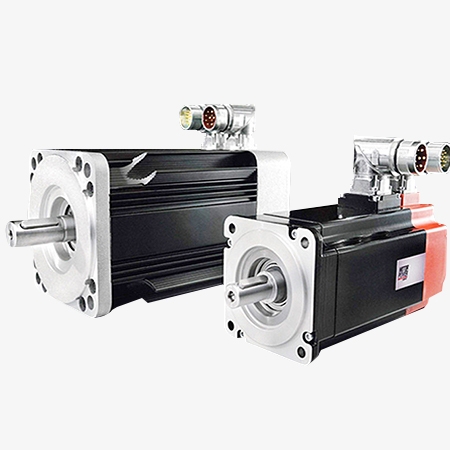
Taking into Account Convenient Operation and Multiple Test Modes
- The computerized tensile testing machine adopts digital display technology, and the test data is directly displayed on the electronic display. There are five test modes: stretching, puncture, glass, bursting, and tearing.
- The operation interface is friendly and easy to use. The test interface software can realize control modes such as fixed speed, fixed displacement, fixed load, etc., and the multi-stage control mode can meet different test requirements.
- Auto Scale, which automatically optimizes the scale of the graphic curve, can display the graphic at the best scale and can dynamically switch the graphic in real time during the test, with load-displacement.
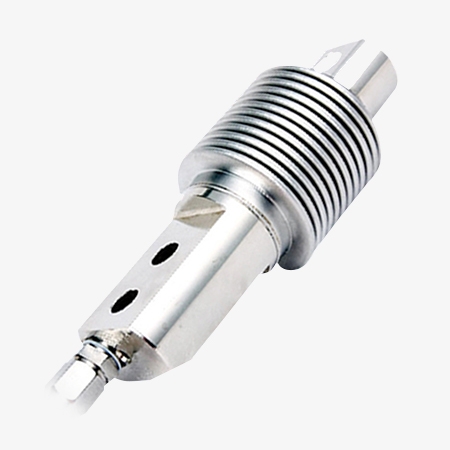
Multiple Safety Mechanisms ensure Human-Machine Safety
- The wire tensile testing machine equipped with upper and lower limit travel protection settings, ball screw tightening, emergency stop switch and automatic shutdown protection for overload in the test state system to protect the test safety.
- The middle cross arm adjustment has the functions of fast coarse adjustment and slow fine adjustment. After the test, it automatically returns to the origin and stores.
- The direct tension tester adopts easy-to-clean paint and cold plate paint technology, with high load-bearing capacity and good toughness, not easy to lose paint, and easy to clean.
Applications
Tensile testing machine is a commonly used material testing equipment, which is used to evaluate the mechanical properties of materials under tension, test their tensile strength, yield strength rate and other mechanical properties, and evaluate the performance of raw materials and finished products. A tensile strength tester can be used in many scenarios, such as new material research and development, metal processing, plastic molding, experiments etc.
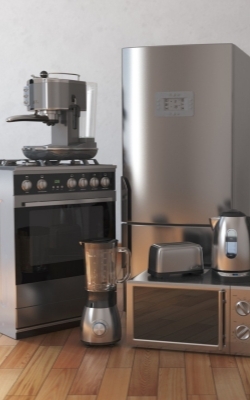
Electronic Appliances

Industrial Plastics
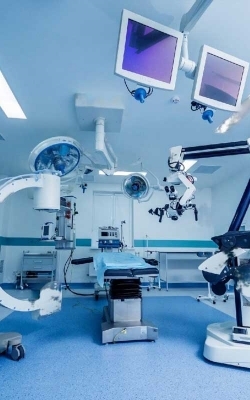
Laboratory
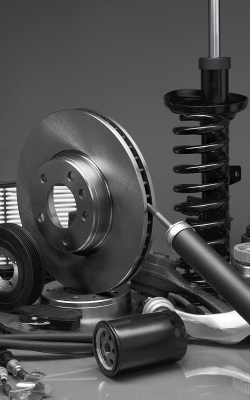
Auto Parts
| Model | SISCO-TT-DR507L |
| Sensing Method | Load Cell |
| Capacity | 200kg |
| Capacity Segmentation | ×1, ×2, ×5, ×10, ×20, ×50, ×100, using high-precision 24 bits A/D, sampling frequency 50Hz, full-range maximum force resolution 1/250,000. |
| Resolution and Accuracy | 1/250000, 0.02% (0.5) |
| Displacement Resolution | 0.01mm |
| Unit Switching | kgf, gf, lbf, N , kN, MPA,PA and so on. |
| Effective Width | 120mm |
| Maximum Stroke | 1000mm (without fixture), beam travel space 800mm |
| Motor Controller | The test speed can be freely controlled from 0.1 to 500 mm/min |
| Machine Voltage | 1∮, AC 220V, 10A |
| Dimensions | 380mm×450mm×1650mm |
| Weight | 120kg |
Q1: Does the Test Speed of the Tensile Tester Affect the Test Results?
A1: The test speed of the tensile tester has a significant effect on the test results. Test speed refers to the rate at which the specimen is stretched during the tensile test, usually expressed in millimeters per minute (mm/min) or strain rate (such as percentage change per second).
Q2: How to Choose the Appropriate Test Speed Based on Material Properties?
A2: When choosing the appropriate test speed for material testing, multiple factors need to be considered, including the material's mechanical properties, strain rate sensitivity, test standards, and experimental purpose.
Q3: How to Use a Tensile Tester?
A3: First, prepare the machine to ensure that the machine is in good working condition and check whether all parts are intact, Install the specimen correctly in the fixture of the tester. Set the initial height of the pendulum according to the test standard to ensure that the pendulum has enough energy for the test when it is released. Release the pendulum and let it fall freely and hit the specimen. After the pendulum hits the specimen, record the final position of the pendulum or record the data through the automatic measurement system of the testing machine.
Tips: Common Operating Errors of Tensile Tester
Operating the tensile testing machine correctly can significantly improve the accuracy and repeatability of the test data and extend the service life of the tensile machine. The following are some common errors:
- The specimen is not centered: the axis of the specimen is offset from the loading direction of the testing machine, resulting in uneven force, distorted data, and even abnormal specimen fracture.
- Insufficient or too tight clamping force: causes the specimen to slip, too tight clamping may cause local indentation or deformation of the specimen.
- Improper setting of the tensile speed: the speed is too fast, causing the material to break before entering the plastic deformation stage.
- Ignore the gauge length setting: the gauge length is entered incorrectly, resulting in a deviation in the calculation result of the stress-strain curve.
Thank you for buying industrial test and measurement equipment on SISCO.com, all products sold by SISCO and the partner cover a 12 months warranty, effective from the date of receiving the products.
What is covered?
SISCO is responsible for providing free spare parts, and free technical support to assist the customer to repair the defective products until the problem is solved.
What is not covered?
- Product purchased from anyone other than a SISCO store or a SISCO authorized reseller.
- Expendable parts.
- Routine cleaning or normal cosmetic and mechanical wear.
- Damage from misuse, abuse or neglect.
- Damage from use of parts other than SISCO approved.
- Damage from use outside the product’s usage or storage parameters.
- Damage from use of parts not sold by SISCO.
- Damage from modification or incorporation into other products.
- Damage from repair or replacement of warranted parts by a service provider other than a SISCO authorized service provider.
- Damage caused by the application environment not meeting the product usage requirements and the failure to perform preventive maintenance.

